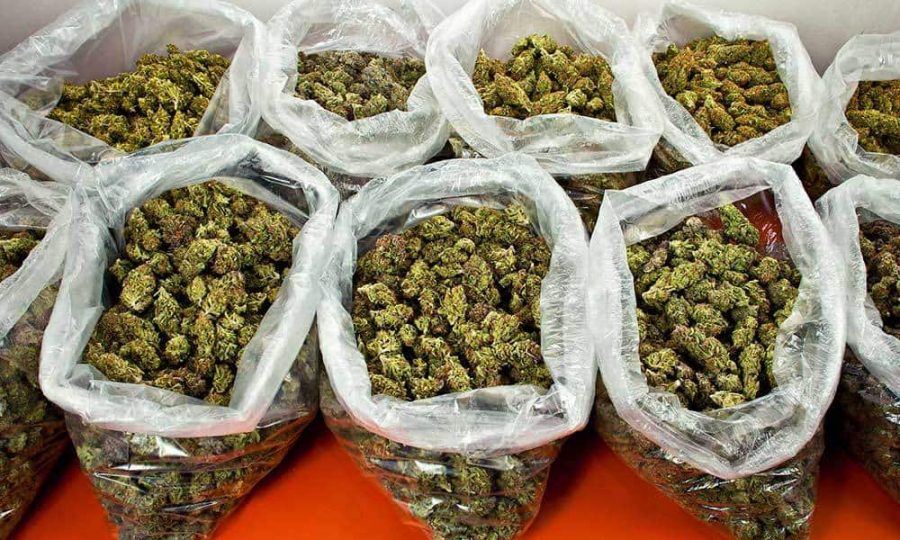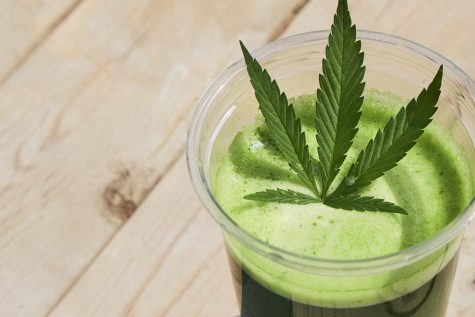Wholesale cannabis prices fell fast in 2017, and they aren’t stopping
The price per pound of legal cannabis has been plummeting for a year and a half, and it isn’t stopping, according to a new report.
Analysts at Cannabis Benchmarks, an independent price reporting agency, found the price per pound of legal cannabis dropped 13 percent in 2017 compared to 2016. Their projections expect falling prices will continue into 2018.
The decline trends for wholesale cannabis in 2017 were part of a trend the analysts have been tracking since 2015. Could the final, bottom price be near?
“It’s anyone’s guess exactly where that is, considering the different market structures in the various states,” Adam Koh, the report’s author, said. “But I think we’re getting close (to the bottom).”
As legal cannabis markets expand, cannabis prices are showing season pressures like other crops, according to Koh. Although, cannabis prices are much more sensitive to natural disasters, politics and states’ particular regulatory guidelines.
“While prices declined in (Colorado and Washington), they did so fairly gradually,” Koh said. “The landscape in those two markets is pretty settled on the whole, so you didn’t see a lot of abrupt regulatory changes like you’ve had in the past — no big overhaul of rules like what took place in the first couple of years of those markets. So businesses were just able to go about their day-to-day operations with less turbulence.”
The big changes in the last year were seen in California and Oregon, where overproduction and oversupply are issues.
A large amount of cannabis grows were completely destroyed by wildfires in California last fall, but the analysts found the losses “were not enough to impact supply dynamics statewide, especially in a year that saw bounteous production otherwise.”
In Oregon, the state’s unique situation triggered a “steep drop in wholesale prices less than 18 months after the beginning of adult-use sales.” That situation can be attributed to lack of overall limits on production, the absence of vertical integration, a good outdoor farming season and savvier commercial-scale cultivation.
As 2018 progresses, a few unpredictable circumstances could affect national wholesale cannabis prices, the most unpredictable among them: California.
California’s new regulations will not come into play until July when the cannabis grown and sold in the state will have to conform to stricter rules, which could send ripples through the market, according to Koh.
At that same time, summer greenhouse harvests will come to the market “so it will be interesting to see how these two competing pressures balance out,” he said.
Koh expects legal cannabis markets and producers to remain relatively unaffected despite concerns over the political climate in Washington D.C.
“Until there is some sort of concrete (federal) enforcement, all the huffing and puffing really doesn’t affect the market dynamics on the ground,” he said. “Businesses… can’t worry about it until something happens. They’ve been living in this gray area for some years and so they’re just going to continue doing what they’re doing.”










